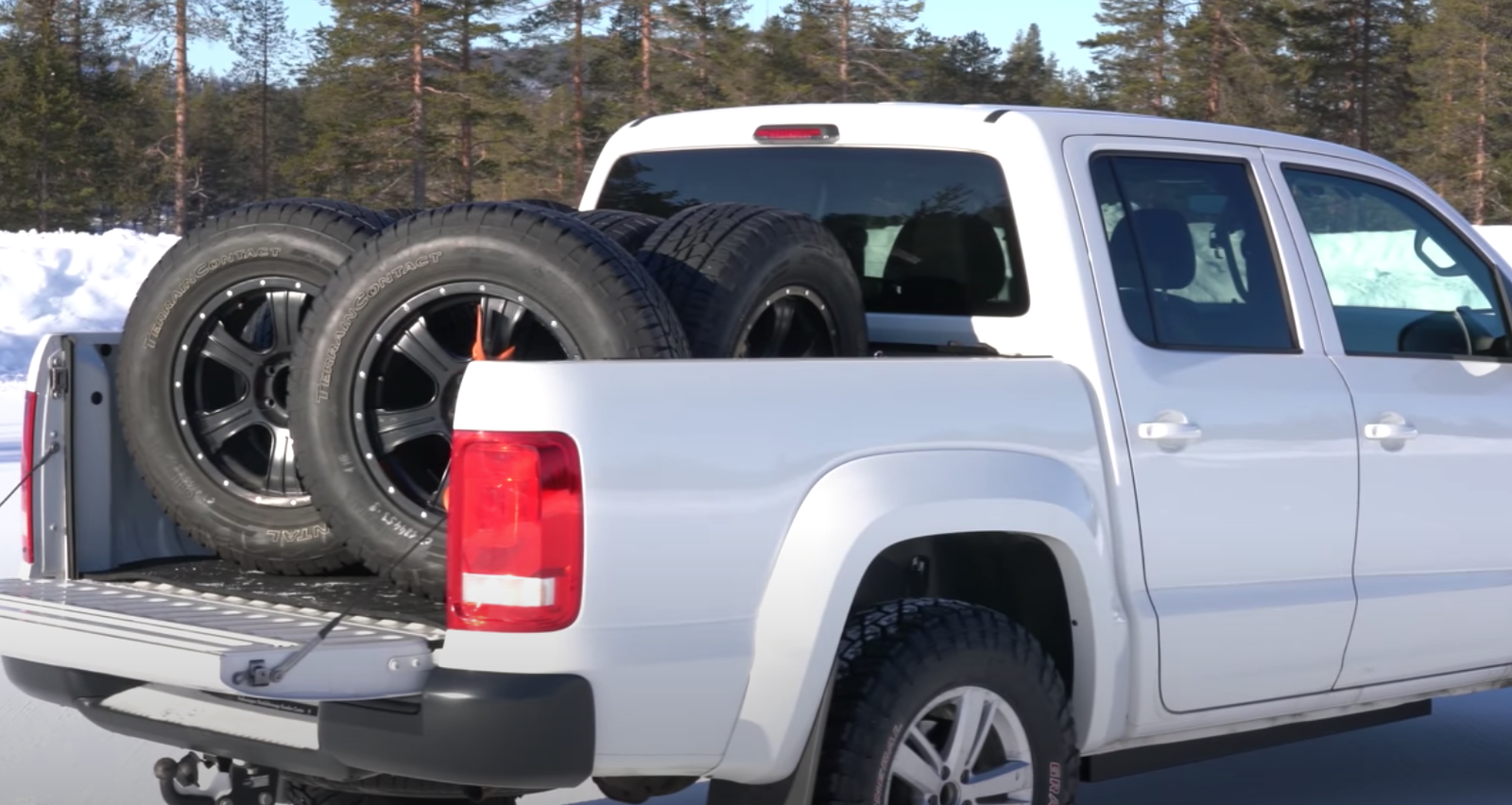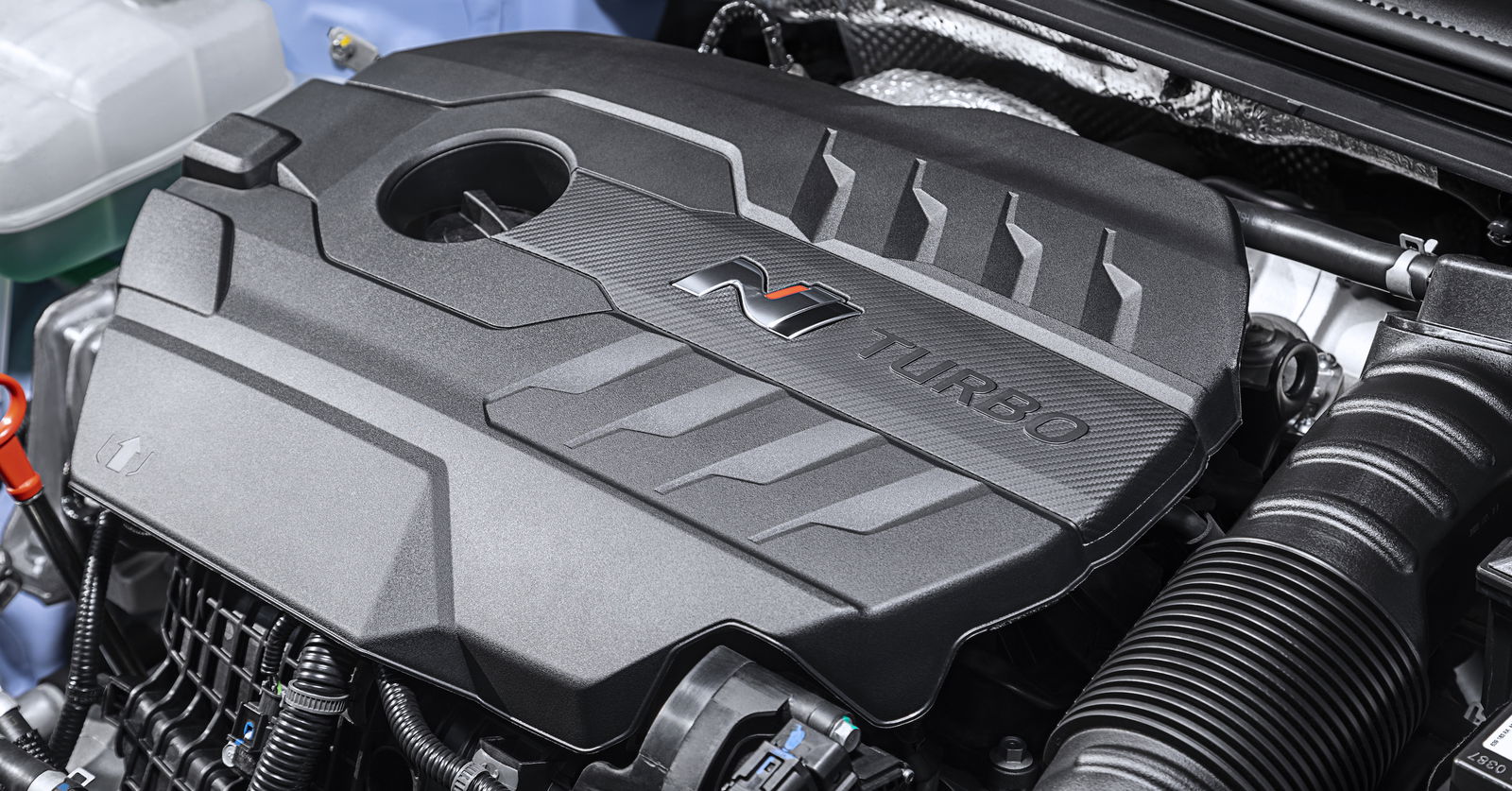How Much More Grip And Traction Can Extra Weight Give You In The Snow?
You’re probably well aware of this concept: more weight over a driven axle will help you out in the snow. That’s why you’ll often see people pushing down on the driven end of a car that’s stuck (or sometimes the other end by mistake), or hear about people chucking something heavy like a paving slab in the boot before heading out for a wintery drive.
But just how much difference does this really make? To find out, Jonathan Benson of Tyre Reviews used a VW Amarok pick-up left in two-wheel drive mode. For some runs, there was nothing in the load bed, for others, 200kg of wheels and tyres. Fitted to the Amarok was a set of mud terrain tyres, which aren’t ideally suited to snowy conditions.

The Amarok was put through hill climb, braking and traction tests, and finally a fast lap on a snow handling course to see if that extra weight over the rear end has any adverse effects on the driving dynamics.
Give the video a watch to see the results.


Comments
“weight” implies a gravitational force; let us use mass instead.
If your motor has an open diff, this and all other tests are irrelevant.
Having true two-wheel drive is the only way to determine if this is true.
And it’s true, adding mass over the drive wheels (w/ true 2WD) works. Impeccably